Common Causes of Rear-End Collisions and How to Prove Fault
One moment, you’re stopped at a red light or slowing down in traffic. The next, you’re jolted forward by a sudden impact. Rear-end collisions are among the most common types of car accidents—and they can leave you dealing with injuries, car repairs, and growing anxiety about what comes next.
Many people believe rear-end accidents are automatically “open and shut” cases where the driver in the back is always at fault. While that’s true in many instances, there are situations where liability can become complicated.
If you’ve been involved in a rear-end crash, you may wonder:
- What causes these accidents?
- Is the driver behind me always to blame?
- How can I prove the other driver was at fault?
- What should I do after the collision to protect my claim?
Below, we explain the most common causes of rear-end accidents, how fault is determined, and why working with an experienced car accident lawyer can help protect your rights and maximize your compensation.
Table of Contents
ToggleWhy Rear-End Collisions Are So Common
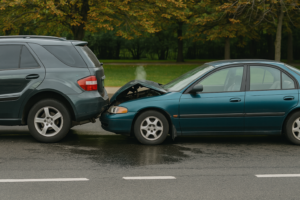
Rear-end collisions make up nearly one-third of all motor vehicle crashes in the United States, according to the National Highway Traffic Safety Administration (NHTSA). Several factors make them so frequent:
- Stop-and-go traffic conditions
- Distracted drivers looking at phones or other devices
- Drivers following too closely
- Sudden stops due to road hazards or traffic signals
- Poor weather conditions reducing visibility or road traction
Even low-speed rear-end collisions can cause significant injuries, such as whiplash or back injuries, leading to medical bills, missed work, and long-term discomfort.
Common Causes of Rear-End Collisions
While rear-end accidents might seem straightforward, there’s often more than meets the eye. Let’s look at the most frequent causes and how they contribute to fault.
Distracted Driving
One of the leading causes of rear-end collisions is distracted driving. Common distractions include:
- Texting or using a smartphone
- Eating or drinking
- Adjusting the radio or navigation system
- Talking to passengers
- Reaching for objects inside the vehicle
When a driver’s eyes and attention are off the road—even for a few seconds—they may fail to notice that traffic ahead has slowed or stopped.
Evidence of distracted driving, such as phone records or dashcam footage, can help prove the rear driver’s negligence.
Tailgating or Following Too Closely
Drivers are required to maintain a safe following distance to stop in time if the vehicle ahead slows down or stops suddenly.
When someone tailgates, they:
- Reduce reaction time
- Increase the chance of a collision if the car in front brakes suddenly
- Often admit fault through statements like, “I didn’t have enough time to stop.”
In many states, following too closely is a traffic violation—and can serve as strong evidence of negligence in a rear-end accident claim.
Speeding
Speeding increases both the distance needed to stop and the severity of the impact in a crash.
A speeding driver may:
- Be unable to brake in time if traffic ahead slows
- Cause more serious injuries due to a higher-impact collision
Speeding violations noted in a police report can help establish the rear driver’s fault.
Sudden Stops
While the rear driver is usually at fault, there are exceptions. Sometimes, the lead vehicle makes an abrupt stop without warning or legitimate reason.
For example:
- Stopping suddenly in traffic with no cars ahead
- Slamming on brakes to make a turn without signaling
- Stopping in the middle of the road due to driver inattention
In these situations, the lead driver may share fault for the crash. Determining why the front vehicle stopped is crucial in evaluating liability.
Weather and Road Conditions
Rain, ice, snow, or even wet leaves can reduce traction, making it harder for vehicles to stop. While bad weather is a factor, drivers are still responsible for adjusting their speed and following distance to match conditions.
Failing to drive cautiously in poor weather can result in the rear driver being held liable.
Mechanical Failures
In rare cases, a rear-end collision might result from a mechanical issue, such as:
- Brake failure
- Tire blowouts
- Faulty steering systems
If defective parts contributed to the crash, a vehicle manufacturer or repair shop might also share liability.
Proving Fault in Rear-End Collisions
Many assume the driver in the back is automatically at fault. But proving liability still requires evidence. Here’s how fault is typically established in rear-end crashes.
Traffic Laws and Presumption of Fault
Traffic laws generally require drivers to maintain control of their vehicles and follow at a safe distance. In many states, there’s a legal presumption that the rear driver is at fault if they strike the car in front.
However, this presumption can be rebutted if the rear driver proves the lead driver acted negligently.
Gathering Evidence at the Scene
Evidence is crucial for proving fault in any accident. After a rear-end collision:
- Take photos of the vehicles, license plates, and surrounding area
- Document skid marks or lack thereof
- Get names and contact info of witnesses
- Note road conditions, weather, and visibility
- Request a copy of the police report
These details help clarify how the crash occurred and who bears responsibility.
Police Report
A police officer responding to the crash will prepare an official report, which may include:
- Diagrams of the accident scene
- Statements from drivers and witnesses
- Citations issued to either driver
- The officer’s opinion on fault
Insurance companies often rely heavily on police reports when evaluating claims.
Vehicle Damage Analysis
Examining vehicle damage can help determine:
- The force of impact
- The angle of the collision
- Whether the vehicles were moving or stopped
For example, significant rear-end damage to your car suggests the other driver was traveling too fast or failed to brake in time.
Electronic Evidence
Modern vehicles and smartphones often capture useful data, including:
- Vehicle speed and braking patterns (from Event Data Recorders)
- Cell phone records showing texting or calls at the time of the crash
- Dashcam footage capturing the accident in real time
This evidence can help prove distracted driving, speeding, or other negligent behavior.
What If You’re Partly At Fault?
Some rear-end collisions involve shared fault. For example:
- You stopped suddenly without a valid reason
- Your brake lights weren’t working
- You reversed unexpectedly in traffic
Most states follow comparative negligence rules, meaning your compensation may be reduced based on your share of fault.
Example:
- Total damages: $50,000
- Your fault: 20%
- You may recover: $40,000
A lawyer helps minimize the percentage of fault attributed to you and protects your right to compensation.
Types of Compensation Available After a Rear-End Collision
If you’re injured in a rear-end crash caused by another driver, you may be entitled to compensation for a range of damages, including:
Medical Expenses
- Emergency room visits
- Hospital stays
- Surgeries
- Physical therapy
- Prescription medications
- Future medical care for ongoing issues
Lost Wages and Earning Capacity
- Lost wages during recovery
- Lost bonuses or promotions
- Reduced future earning capacity if you can’t return to your previous job
Pain and Suffering
- Physical discomfort
- Emotional distress
- Anxiety or depression
- Loss of enjoyment of life
Property Damage
- Vehicle repairs or replacement
- Towing costs
- Damage to personal property inside your car (e.g., laptops, phones)
How a Lawyer Helps After a Rear-End Collision
Insurance companies sometimes try to downplay injuries from rear-end crashes, claiming:
- Low-speed accidents can’t cause significant injuries
- Your pain is from a pre-existing condition
- You share fault for stopping suddenly
An experienced car accident lawyer protects your rights and helps maximize your compensation by:
Investigating the Crash
Your lawyer collects critical evidence, such as:
- Police reports
- Witness statements
- Surveillance or dashcam video
- Vehicle damage analysis
Proving Negligence
An attorney knows how to demonstrate the other driver’s negligence and fight back against unfair blame.
Calculating All Damages
A lawyer ensures you pursue full compensation, including future medical costs and lost earning capacity.
Negotiating with Insurers
Insurance adjusters often offer low settlements. A lawyer negotiates on your behalf and won’t settle for less than you deserve.
Filing a Lawsuit if Necessary
If the insurance company refuses to offer a fair settlement, your lawyer can:
- File a lawsuit before deadlines expire
- Represent you in court
- Advocate for maximum compensation
Don’t Let a Rear-End Collision Derail Your Life
Rear-end collisions might seem minor, but their physical, financial, and emotional toll can be significant. Knowing the common causes and how to prove fault helps protect your rights after a crash.
If you’ve been injured in a rear-end collision, contact Boohoff Law, P.A. We’ll listen to your story, investigate your case, and fight for the compensation you deserve.
Call us today at (813) 445-8161 for a free consultation.
Free Consultation
We Are Here For You 24/7
Reviews
– Elissa M.
“Really pleased with Boohoff Law! Received immediate responses when I had any questions. Treated amazingly by all staff … made this process a true breeze!”
– Caitlyn M.
– Brandy K.
Related Posts
I Was Partially At-Fault in a Rear-End Crash. Can I Still Get Compensation in Florida?
I Was a Passenger in an Uber Accident. What Are My Rights?
What Damages Can I Recover After a Jackknife Truck Accident?
Recovery is personal.
We’re here for you.
We’re close by. And if you can’t make it to us, we’ll meet you where you need us, at home or in the hospital.
You're better off with Boohoff.



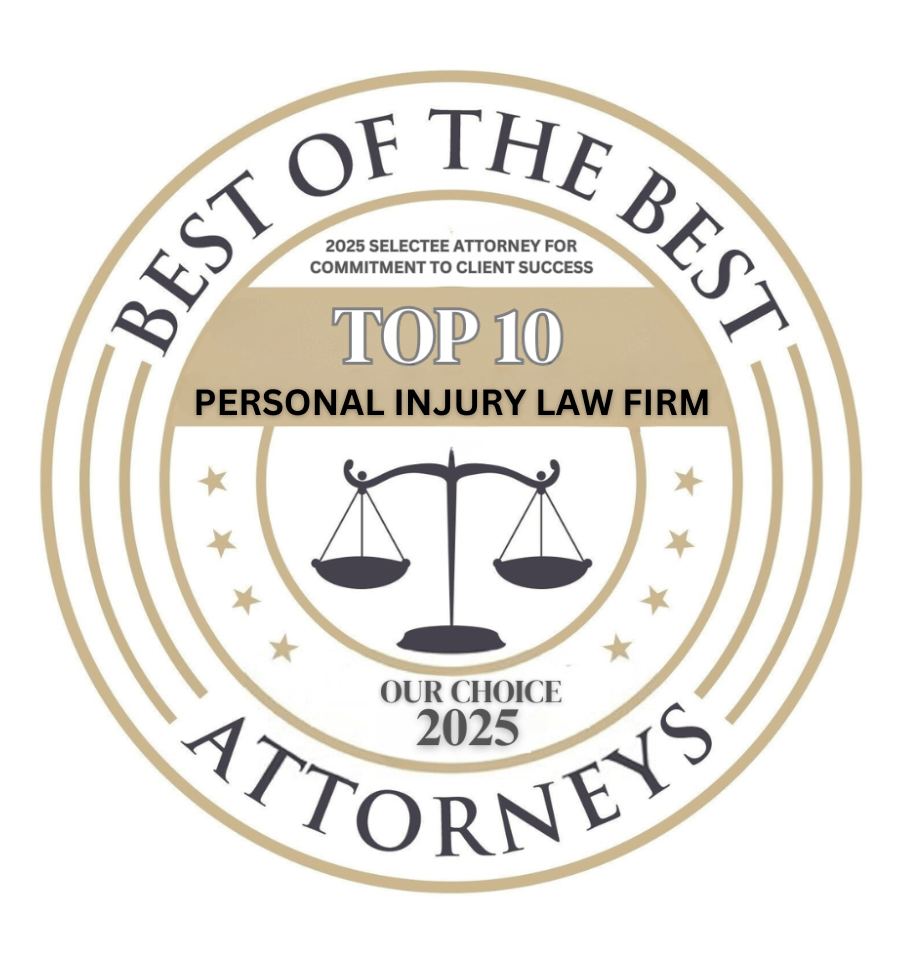
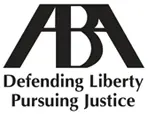
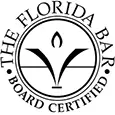
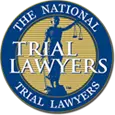




The information on this website is for general information purposes only. Nothing on this site should be taken as legal advice for any individual case or situation. This information is not intended to create, and receipt or viewing does not constitute, an attorney-client relationship.
available 24/7
(877) 999-9999
